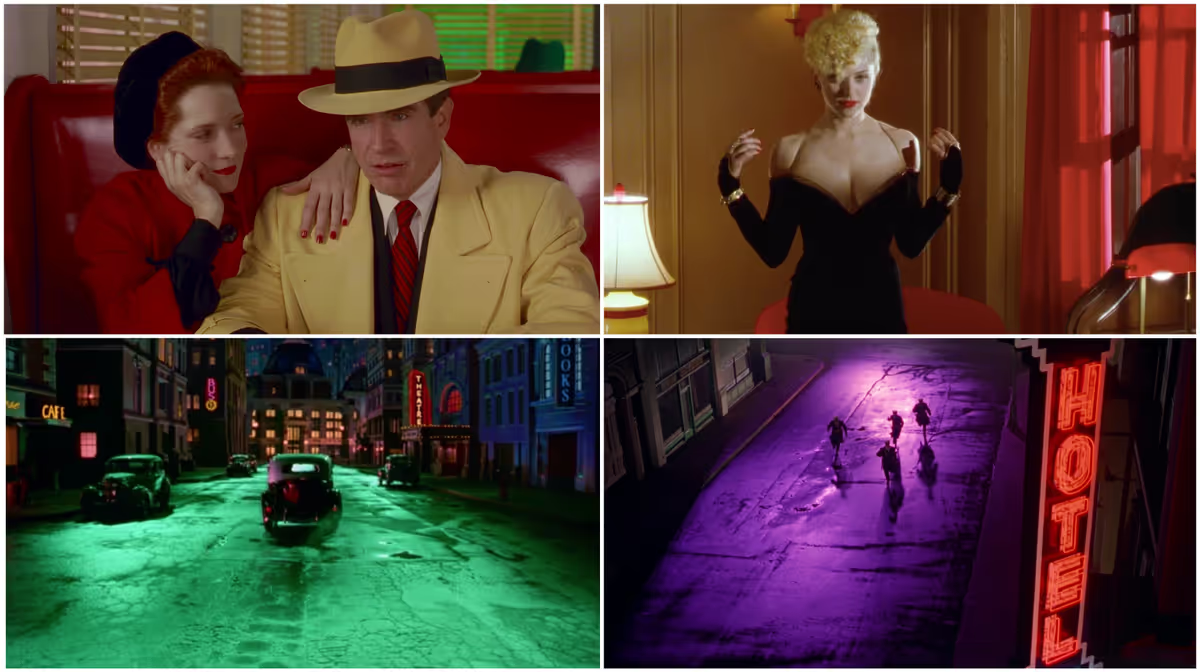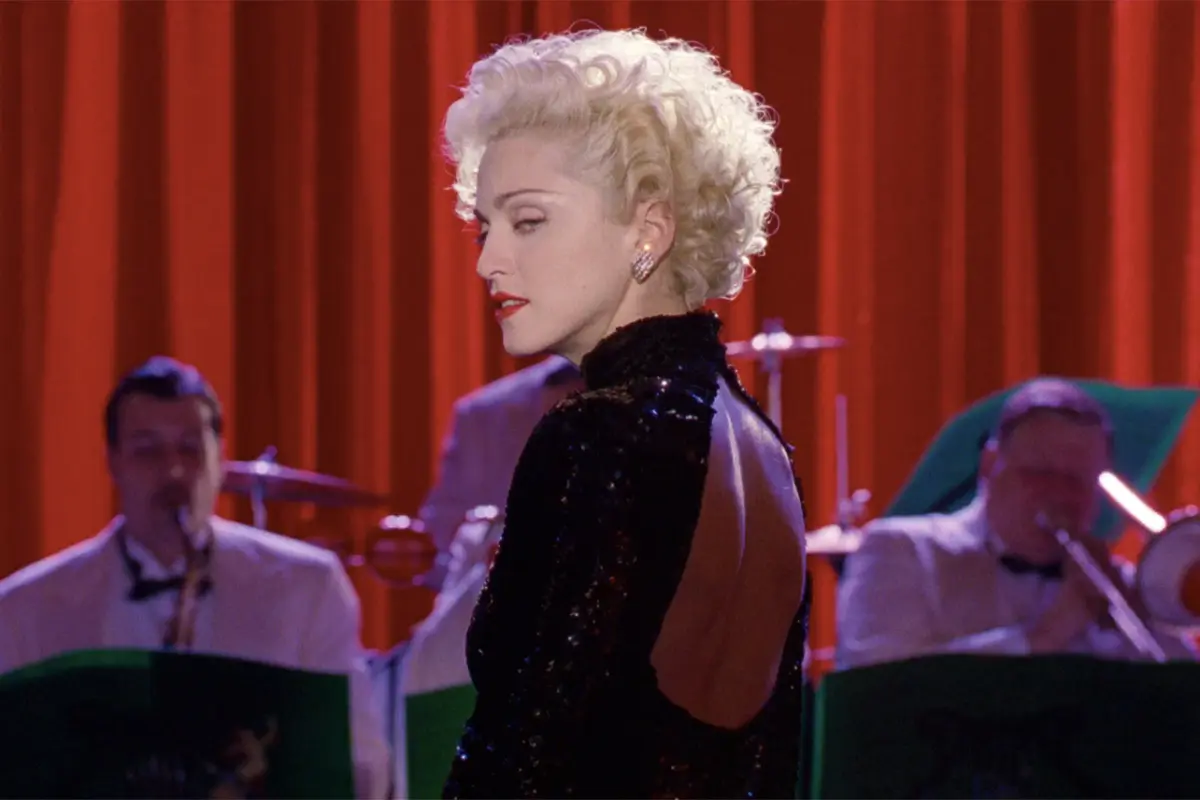The Enduring Beauty of ‘Dick Tracy,’ Hollywood's Least-Cool Blockbuster
Disney considered 'Dick Tracy' a disappointment in the summer of 1990, but 35 years later, it looks uniquely ravishing.

It is not uncommon for me—or presumably anybody else—to remember where I was when I saw a particular film. For example, I definitely carved out an afternoon in February, 1994 to see Ace Ventura: Pet Detective and My Father, the Hero at the Georgia Square Mall in Athens, which was unique in that a few screens were inside the mall itself while the others were in a depressing little compound across the parking lot. (They were in the depressing little compound that day, where they belonged.) But remembering how you felt after seeing a film is much rarer and usually more precious. I can recall venturing from the suburbs into Atlanta with some buddies to see Wim Wenders’ Wings of Desire, one of the earliest foreign-language films I’d seen as a teenager and by far the most challenging. I remember feeling like a never-ending grind in theater—each time the phrase “When a child was a child” was uttered, it was like a twist of the knife—but the ride home found me with a pit in my stomach, as if I were physically metabolizing an experience that I’d process much differently over time.
In the summer of 1990, I had just graduated high school and was logging time at Cobb Place 8 as an usher and projectionist before heading to college in the fall. It was an unquestionably massive release for the theater, which at the time had to share bookings with Town Center (a.k.a. “Clown Center”) and Cineplex Odeon (a.k.a. “Shittyplex Odoron”), and would in retrospect become a bellwether for a down year for the theater. (Ghost and Pretty Woman would go to our competitors, though we did rally with Home Alone later that year, which made me regret taking hours over winter break.) With most of the bigger movies, especially in the summer, it was our habit to hold a staff screening the night before opening day, which may as well have been months before, given that no one would usually see a review until Eleanor Ringel weighed in at the Atlanta Journal-Constitution (a.k.a. the “Atlanta Urinal and Constipation”). So heading into Dick Tracy, all I knew is that I was seeing a big, expensive, star-studded production that quite literally looked amazing, based on the trailers and the promotional t-shirts in heavy circulation. (You could even use your t-shirt as a ticket, to the envy of your friends!)

I left Warren Beatty’s Dick Tracy floating on air. The images were so rapturously beautiful that I could not, in retrospect, process anything else about it. I remember hearing some complaints from co-workers about other aspects of the film that were probably worth complaining about, but when you’re basking in the glow of a new film you love, it’s annoying to have that bubble punctured on the way out of the door. (Even today, I try to dodge arguments about any movie right after I’ve seen it. Let it sit for five or ten minutes, please.) It wouldn’t take long for Dick Tracy to come back down the earth, given the twin letdowns of its perfectly fine reviews and perfectly fine box office, which so disappointed Disney executive Jeffrey Katzenberg that he famously noted in a memo the following year the extravagant resources expended on its budget and promotion “may not have been worth it.” Though the film crept over the $100 million mark in domestic receipts, it was not going to be parlayed into sequels and theme park rides. In fact, it remains conspicuously absent on Disney+.
Yet 35 years later, Dick Tracy hasn’t been totally memory-holed, even as the company continues to give it something like the Kundun treatment. (Though there are complicated rights issues, which account for Beatty appearing in character for surreal specials on TCM.) But there’s an argument to be made—right here, in fact, by me—that few modern American studio films have ever assembled as talented a production team, much less given them the money and the latitude to create the retro-’30s soundstage wonderland that Beatty envisioned for Dick Tracy. His cinematographer, the legendary Vittorio Storaro (The Conformist, Apocalypse Now), not only shot the film in just seven bright colors, but those colors were always the same shade, mimicking a comic strip. His production designer, the also-legendary Richard Sylbert (Chinatown, The Cotton Club, Under the Cherry Moon), made an Art Deco gangland out of matte paintings and old-fashioned studio sets. His costume designer, the four-time Oscar winner Milena Canonero (Barry Lyndon, Tucker: The Man and His Dream), outfitted the men in suits of peacock resplendence and Madonna in sleek nightclub gowns and top-of-the-line moll-wear.
This post is for paying members only
Sign up now to read the post and get access to the full library of posts for subscribers only.
✦ Sign up